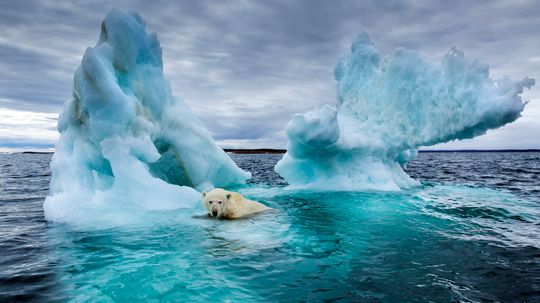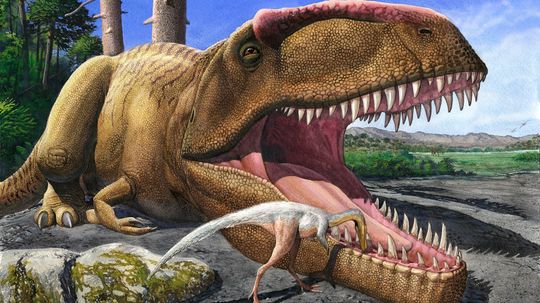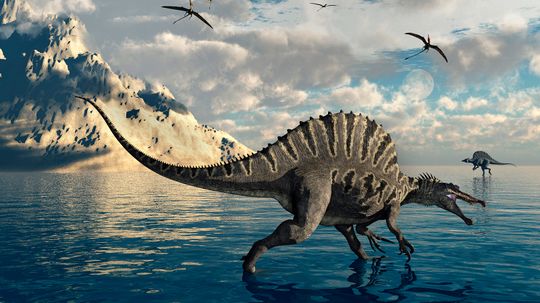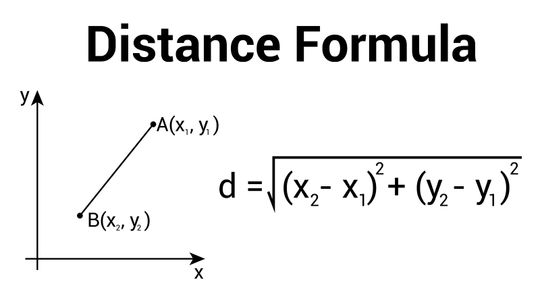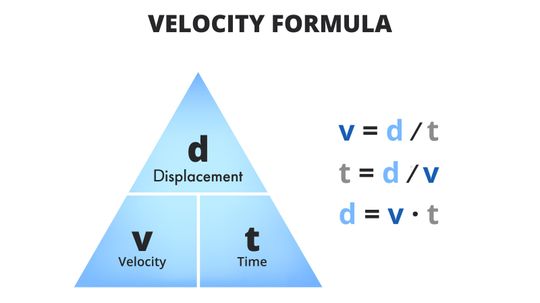Mark Mancini is a freelance writer currently based in New Jersey. Over the years, he’s covered every subject from classic horror movies to Abe Lincoln's favorite jokes. He is particularly fond of paleontology and has been reporting on new developments in this field since 2013. When Mark's not at his writing desk, you can usually find him on stage somewhere because he loves to get involved with community theater. And if you ever feel like trading puns for a few hours, he's your guy.
Recent Contributions
A cryptid is an animal whose existence is unproven, meaning no corpse or live specimen has ever been documented by the scientific community. But believers still persist.
Known by the nickname "Mesozoic Cow," the African dinosaur Nigersaurus taqueti has also had its face compared to a vacuum cleaner.
By Mark Mancini
Explore the life of Viking leader Ivar the Boneless, his role in the Great Heathen Army, and the enigmatic origins of his unusual nickname.
By Mark Mancini
Advertisement
Explore the Pacific Ring of Fire, a 24,900-mile zone with 75% of Earth's volcanoes and 90% of its earthquakes, shaped by dynamic tectonic activity.
By Mark Mancini
The heyday for Morse code is primarily over, but this communication method using dots and dashes still has its place in our digital world.
By Mark Mancini
The Arctic Circle is a region marked by frigid temperatures, strange sunlight and glaciers galore. And for hundreds of thousands of people, it's also home sweet home.
By Mark Mancini
The spring, or vernal, equinox traditionally marks the first day of spring - but climate scientists use a different date altogether. Find out more about this and other facts about the spring equinox.
By Mark Mancini
Advertisement
The Maine Coon and the Norwegian Forest are both plus-size breeds of cat, but what are the differences between these feline behemoths?
By Mark Mancini & Talon Homer
They lived about 30 million years apart and never set foot on the same continent. Yet Giganotosaurus carolinii is always getting compared to the world's most popular dinosaur, the beloved and well-known Tyrannosaurus rex, both vying for the position of the largest carnivorous dinosaur in history.
By Mark Mancini & Talon Homer
The villainous dinosaur from 'Jurassic Park' probably never had an affinity for water.
By Mark Mancini & Talon Homer
A hybrid cross between a small Asian leopard cat and a domestic cat, the Bengal cat will keep you busy with its intelligence and active personality. It may even shower with you.
By Mark Mancini & Talon Homer
Advertisement
What do you get when you mix a domestic cat with a wild African serval cat? You get a Savannah cat, which turns out to be a very beautiful but very controversial kitty.
By Mark Mancini & Mitch Ryan
While you may not want to encounter one on a hike, there's no denying that snakes are magnificent creatures - no matter how big or small they are. But when it comes to the biggest snakes in the world, nature truly knows no bounds.
Pit vipers also carry venom in twin glands behind their eyes, delivered through movable fangs that can be folded up against the roof of their mouth.
By Mark Mancini & Talon Homer
There are more than 50 species of snakes that live in the seas. Some are super venomous and they can zip through the water with ease.
By Mark Mancini & Talon Homer
Advertisement
Often confused with the venomous coral snake, which advertises its toxicity through bright bands of color, the milk snake is harmless to humans.
By Mark Mancini & Talon Homer
These snakes are some of the best reptilian actors you'll ever meet, but don't let the act fool you.
By Mark Mancini & Talon Homer
To some, the thought of snakes flying through the air is the scariest thought imaginable, but, as we'll explain, flying snakes don't actually fly, they "fall with style."
By Mark Mancini
Despite their name, rat snakes don't eat just rodents. This huge family of snakes, which lives on every continent except Antarctica, also eats lizards and amphibians.
By Mark Mancini & Zach Taras
Advertisement
These modern rat snakes have an affinity for barns (and the rodents that live in them). But the myriad of colors makes them a reptile hobbyist's dream.
By Mark Mancini
Spiders don't have wings, so technically can't fly. But some arachnids can soar through the air with the greatest of ease.
By Mark Mancini & Talon Homer
That's right - daddy longlegs isn't an actual kind of spider, but a colloquial name that's been applied to a wide range of spiders and non-spiders, insects and non-insects.
By Mark Mancini
You can find the distance between two points by using the distance formula. It's an application of the Pythagorean theorem. Remember that from high school algebra?
Advertisement
Many people get speed and velocity confused. It's no surprise because the terms are often used interchangeably. But they're not quite the same thing. So how do you find the velocity of an object?
By Mark Mancini
The 1964 discovery of Deinonychus in southern Montana was groundbreaking for many reasons, mostly because it helped prove that birds are direct descendants of dinosaurs.
By Mark Mancini






